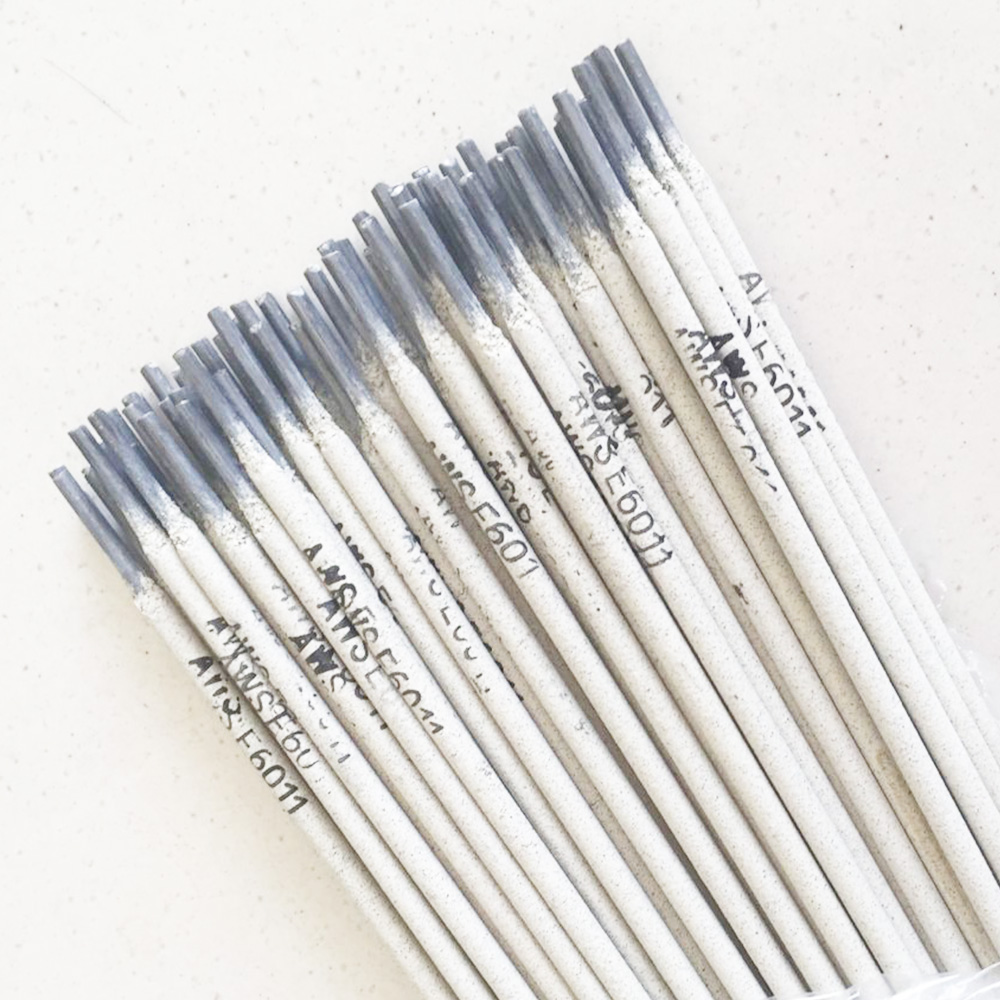stainless welding electrodes
Stainless Steel Welding Electrodes A Comprehensive Overview
Stainless steel is renowned for its exceptional resistance to corrosion, high strength, and aesthetic appeal. It is widely used in various industries, including construction, automotive, and food processing. To effectively weld stainless steel, the right electrodes must be chosen, as they play a crucial role in ensuring strong, durable welds.
Understanding Welding Electrodes for Stainless Steel
Welding electrodes are essential tools in the welding process as they provide the filler material needed to join metals together. For stainless steel, specific electrodes are designed to complement its unique properties. These electrodes are categorized primarily into two types solid and flux-cored electrodes.
Solid Electrodes
Solid welding electrodes are typically used in gas tungsten arc welding (GTAW or TIG welding) and gas metal arc welding (GMAW or MIG welding). They are made from stainless steel and often come coated with materials that enhance their usability. Choosing the right grade of solid electrode is crucial; common grades for stainless steel include ER308L, ER316L, and ER309L. Each grade is tailored for specific applications, with ER308L being ideal for welding 304 stainless steel and ER316L designed for 316 stainless steel, which contains molybdenum for enhanced corrosion resistance.
Flux-Cored Electrodes
stainless welding electrodes

Flux-cored electrodes are particularly useful in welding thicker materials and in outdoor applications where wind penetration can affect the welding process. These electrodes have a hollow core filled with flux, which produces shielding gas when heated, protecting the weld from contaminants. Flux-cored electrodes designed for stainless steel, such as E308LT1-1, offer advantages like greater deposition rates and the ability to weld in various positions.
Choosing the Right Electrode
Selecting the right electrode for stainless steel welding entails understanding the base materials involved and the environment in which the welding will take place. Factors such as the thickness of the material, the specific type of stainless steel, and the desired mechanical properties of the weld must all be considered.
Moreover, using the appropriate welding technique contributes significantly to the quality of the weld. For instance, a slower travel speed can lead to better penetration and reduced risk of defects, while adjusting the heat input can help manage distortion in thinner materials.
Conclusion
In conclusion, stainless steel welding electrodes are indispensable for achieving strong, high-quality welds in a myriad of applications. By understanding the properties of different electrodes and their specific uses, welders can ensure the integrity and durability of their projects. Continuous advancements in welding technology and materials science promise even more effective solutions for stainless steel welding in the future, further solidifying its place in modern manufacturing and construction.
-
Best MIG Welding No Gas Flux Core Solution – Easy, Portable & Clean WeldingNewsJul.08,2025
-
7018 Welding Rod 3/16 - High Strength, Low Hydrogen Electrodes Wholesale 3/32 Welding Rod 7018 Suppliers & China 7018 AC Welding Rod FactoryNewsJul.08,2025
-
High Quality MIG Aluminium Welding Wire - Wholesale Factory Prices from China SuppliersNewsJul.07,2025
-
High-Quality Gasless Aluminum Welding Wire China Gasless Aluminum MIG Wire SupplierNewsJul.07,2025
-
High Quality Ordinary Welding Rod for Pipes – Reliable China Welding Rod 7016 SupplierNewsJul.06,2025
-
Welding Wire 0.9 mm ER70S-6 Supplier Wholesale Manufacturers & FactoriesNewsJul.06,2025


